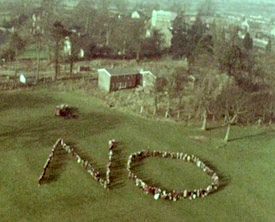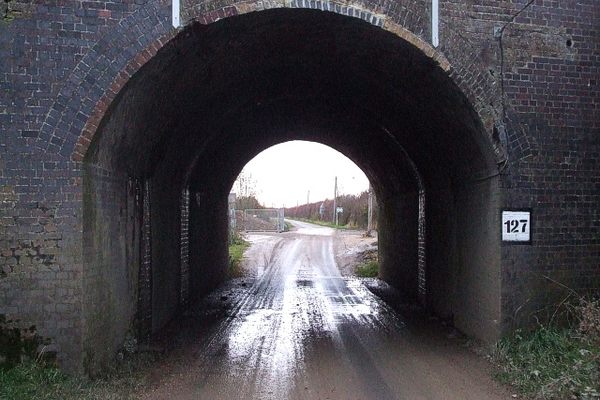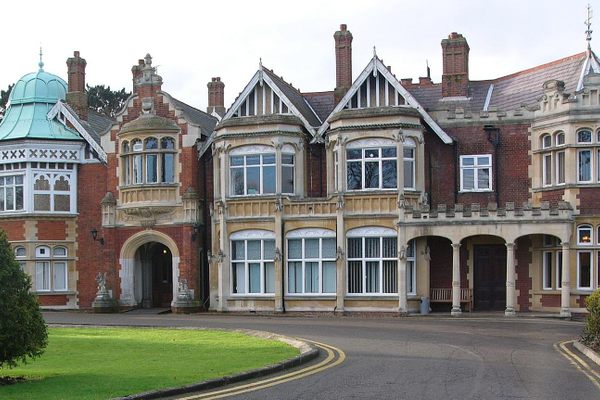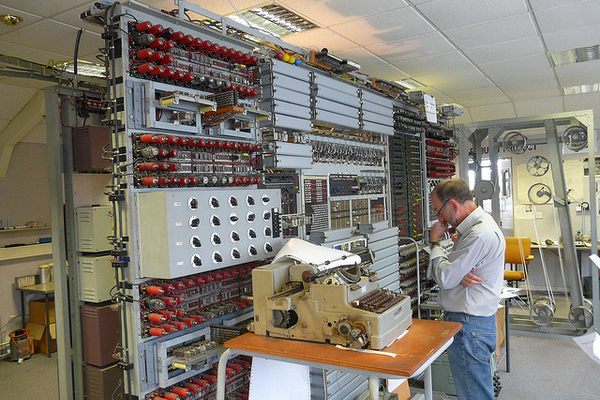AO Edited
Cublington Spinney and Airport Monument
In the 1970s, the citizens of several small villages came together to stop their homes from being destroyed for a new airport.
Ask any Brit what the largest airport in the U.K. is, the answer is always going to be Heathrow or Gatwick. This was very nearly not the case, as during the ’60s and ’70s, this quiet corner of Buckinghamshire countryside was threatened with extinction, so the villages fought back.
In the 1960s, the government assigned High Court judge Eustace Roskill to look into appropriate locations for London’s third airport. By 1969, the Roskill Report was published, the report concluded that the area surrounding Cublington was the primary location to be chosen for London’s Third Airport and the airport would take its name from the nearby former RAF Wing, making it: Wing Airport.
The locals were shocked—the proposal meant that Cublington, Stewkley, Creslow, and Soulbury were to be completely destroyed to make way for airport runways. Numerous other communities as far as West London would have been heavily affected. The communities banded together and formed WARA, the Wing Airport Resistance Association.
A few small villages complaining sounds like it was doomed to fail from the word go, except the campaign by WARA was fierce and loud, drawing coverage from the BBC and lasting for two years. The villagers never stopped protesting with one rally getting 10,000 people to attend. Famously, one rally burned an enlarged version of the Roskill report, broadcasted live across the globe by the BBC.
On April 16, 1971, it was announced in the House of Commons that London’s third airport would be constructed in Essex, officially ending the battle to save the area. The villages had gone up against the government and they had won.
In 1972, a spinney was cleared and a stone, shaped like a Concorde plane, was laid down to permanently commemorate the efforts of everyone who saved the area. The spinney would have been right at the center of the airport that would have dwarfed Heathrow in size.
Know Before You Go
The memorial is free to visit and open 24 hours a day and can be found at the junction of Dunton Rd/Stewkley Rd.
Ensure you visit the local villages around the memorial to see what would have been lost had the airport been built. St Michaels Church in Stewkley was a main factor in the campaign against the airport.



















Follow us on Twitter to get the latest on the world's hidden wonders.
Like us on Facebook to get the latest on the world's hidden wonders.
Follow us on Twitter Like us on Facebook